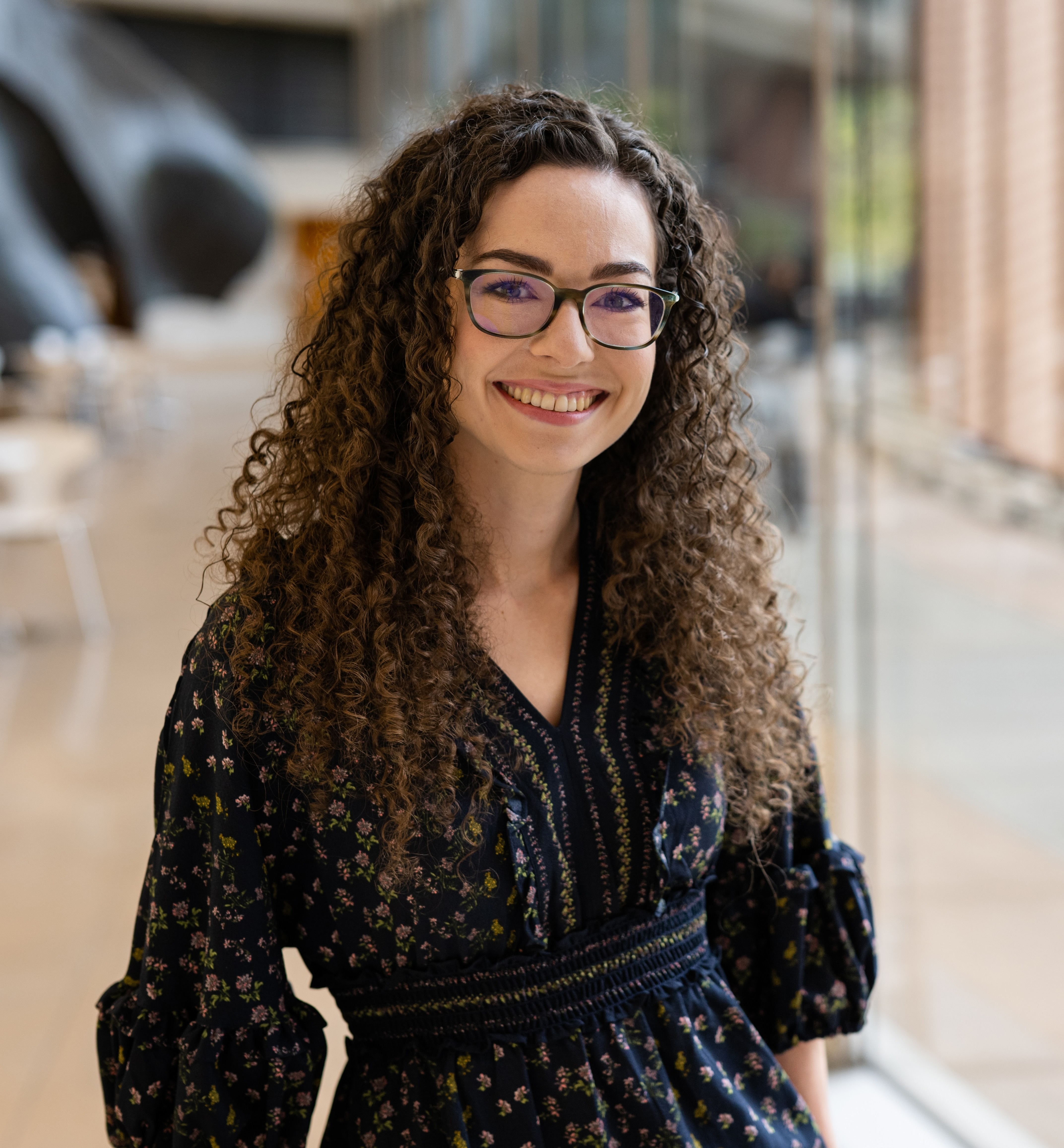2025 Neuroscience Software Summer Internship
Come work with us on an open source neuroscience software package in Manhattan for a summer! The NeuroRSE team at the Flatiron Institute Center for Computational Neuroscience is looking for paid interns for Summer 2025. Interns will spend the summer living and working in New York City.
What would you work on?
The specific project you will work on will be determined in close consultation with your mentor, a member of the NeuroRSE team. This process will involve finding a good fit between your interests/background and the goals set out in the roadmap for the package you are working on. You can check out the GitHub repositories for each package below to get a sense of the range of possibilities. It is okay if you are not sure exactly what you want to work on before you start; we do not expect applicants to have experience with the packages before applying.
Software packages
The three software packages that are currently in development at CCN are:
nemos is a statistical modeling framework for neurophysiology data.
plenoptic is a library for model-based visual and auditory stimulus synthesis.
Pynapple (Python Neural Analysis Package) is a library for neurophysiological time series data analysis and visualization.
What types of background are we looking for?
We are looking for interns who have experience in at least one of:
- Using Python packages for scientific computing (e.g., matplotlib, numpy, scikit-learn, etc.).
- Open-source software development (e.g., git, pull request workflow, writing documentation, etc.).
- The relevant neuroscience domain (e.g., calcium image analysis, fitting models to neuroscience data) with some programming background.
We do not expect you to already be an expert in both neuroscience and software development! If the internship sounds exciting to you, and you are worried about your qualifications, we recommend that you apply. One of the goals of the internship is to help people learn to contribute to open-source projects. We don’t expect you to already be an expert.
Anything else I should know?
- The application to work with the NeuroRSE team will be part of the broader CCN intern application. If you specifically want to work with us, please mention that in your application, as well as one or two packages from the above list that you would be interested in working on, and why.
- If you have a GitHub, GitLab, or similar profile, please include a link to the profile in your application. If you have a specific project or two that is particularly relevant, please include a link to those as well.
Fine print
Elibigle to current students at Bachelor’s level or above. Applications will be accepted starting December 2, 2024. You will be paid $20 - $25 per hour, depending on whether you are an undergraduate or graduate student. Travel, housing, and meals will be provided for all interns. We especially encourage applications from underrepresented populations in the open-source community.
To apply
To submit an application, please visit the Simons website. Deadline for application is January 17, 2025. Applications are structured so that you need to put a PI at CCN as primary group and NeuroRSE as secondary group: the written part of the application will clarify your intentions to work on software development. While it is not essential, we recommend that if you are most interested in working on Nemos that you put Alex Williams as the primary group; those interested in Plenoptic or Pynapple should list Eero Simoncelli.
Who are we?
Edoardo Balzani
Edoardo is the one of the principal developers of Nemos, a package for statistical modeling of neural activity. He earned his Ph.D. in Neuroscience from the Italian Institute of Technology in Genova, under the guidance of Valter Tucci. Before joining the Flatiron institute as a data scientist, he worked as a postdoc in Cristina Savin’s lab at NYU’s Center for Neural Science where he developed statistical methods for the analysis of neural spike trains during naturalistic behavior.

Billy Broderick
Billy Broderick received his Ph.D. from NYU’s Center for Neural Science, where he was advised by Eero Simoncelli and Jon Winawer. During his Ph.D., he studied how vision changes across the visual field using fMRI, psychophysics, and computational models. Before that, he worked as a research assistant at Duke University, spent a year at South China Normal University in Guangzhou, China as a Luce Scholar, and got his B.A. in neuroscience and mathematics at Oberlin College

Sarah Jo Venditto
Sarah Jo supports and develops open-source software for the center and with the Statistical Analysis of Neural Data group. She received her Ph.D. in Neuroscience from Princeton University working with Carlos Brody and Nathaniel Daw, where she studied neural mechanisms of cognition in rodents using experimental methods, statistical analysis, and computational models. Prior to her Ph.D., she worked as a research assistant at Indiana University and got her B.S. in Physics with a minor in Mathematics from Bethel University in Minnesota.

Guillaume Viejo
Guillaume Viejo joined the Center for Computational Neuroscience as a data scientist, where he focuses on developing software for analyzing neurophysiological data. He holds a Ph.D. in computational neuroscience from the Institute of Intelligent Systems and Robotics at the Pierre and Marie Curie University in Paris, France. After completing his doctorate, Guillaume worked as a postdoctoral fellow at the Montreal Neurological Institute, where he studied the head-direction system (also known as the brain’s compass) in rodents.
